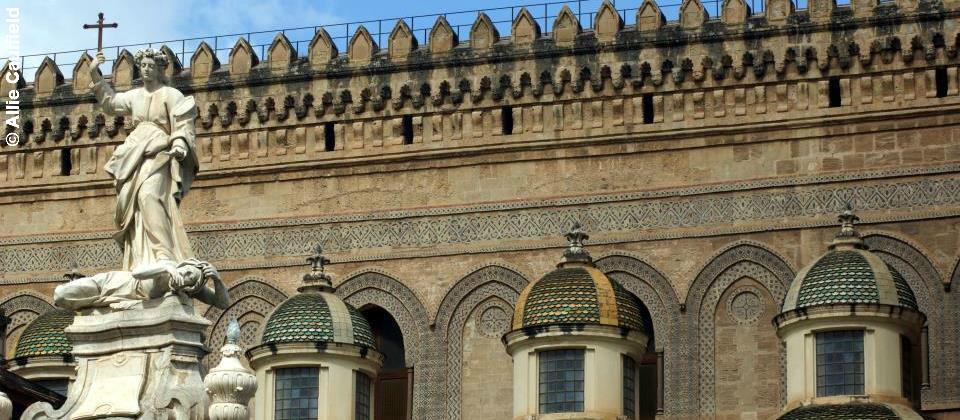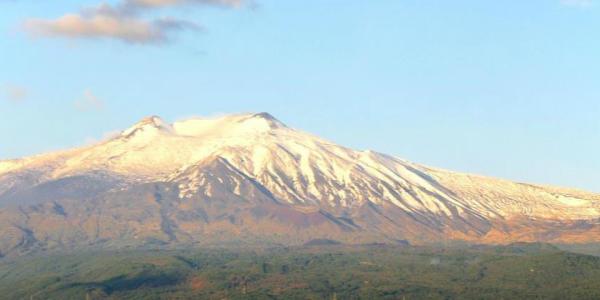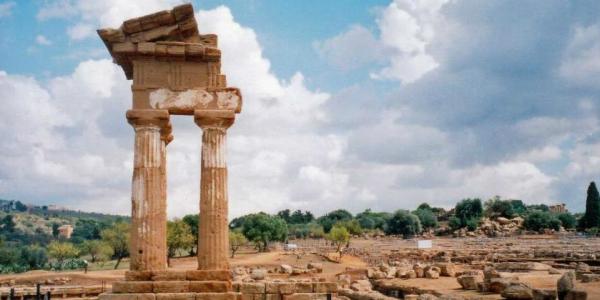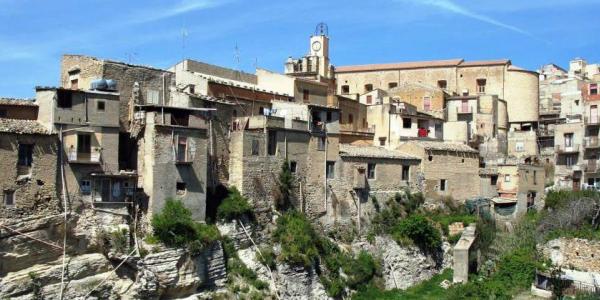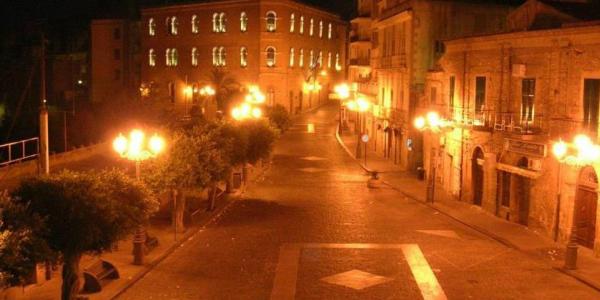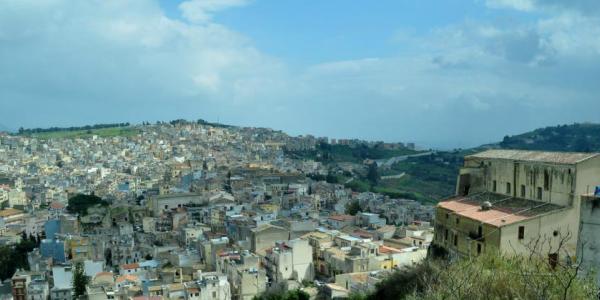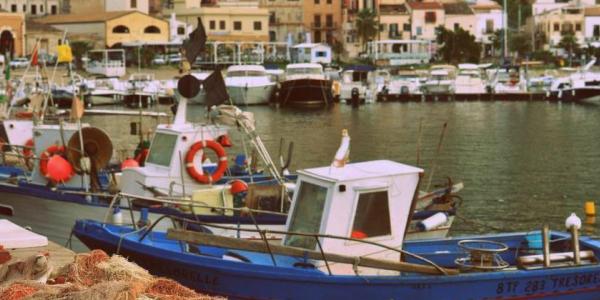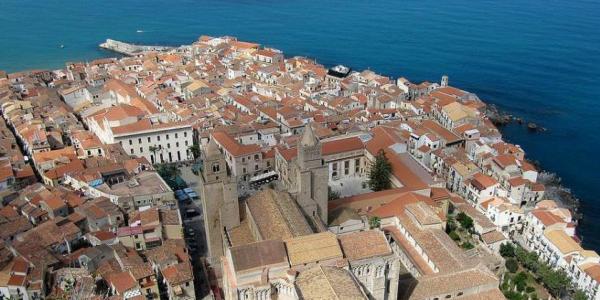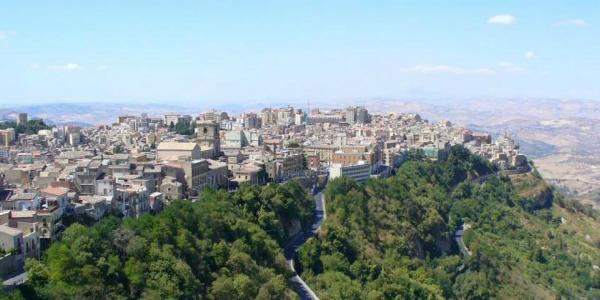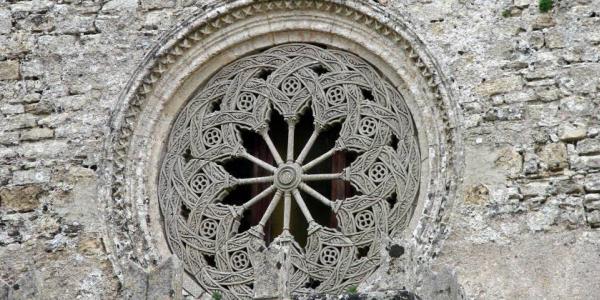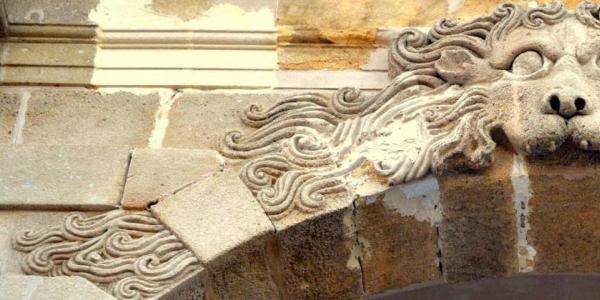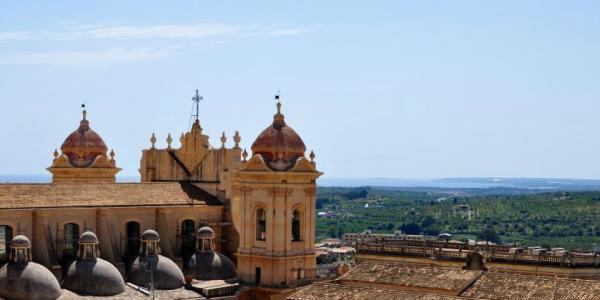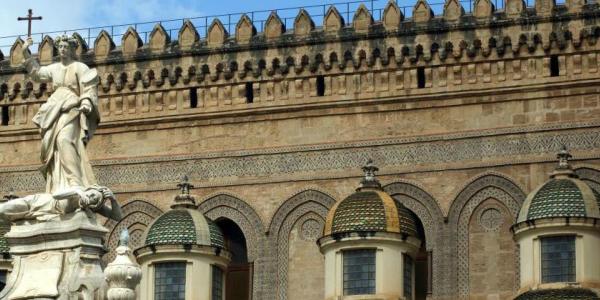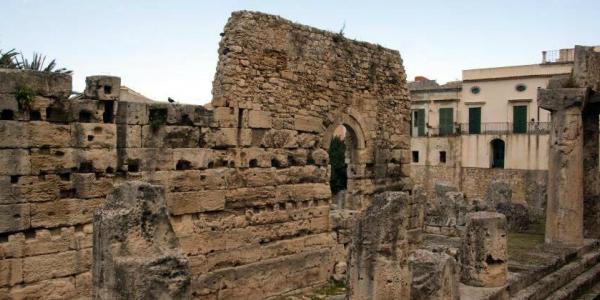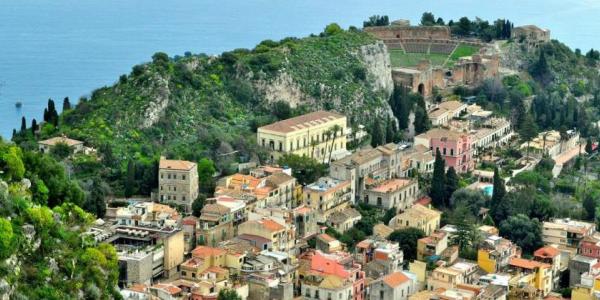Palermo, founded by the Phoenicians almost 3,000 years ago, is the capital of a very rich and diverse past. Under Arab rule (9th-11th centuries AD), the city was the most important urban centre in Sicily. Some signs are still visible, particularly in terms of its layout, but very little remains of the original buildings from that period, which were mostly incorporated into Norman constructions, after the conquest in 1071 led by the Heauteville family.
The Normans kept Islamic culture alive and paradoxically the era of Norman dominion is the best documented period of Arabic culture, which continued to flourish in the island.
The amalgamation of these diverse artistic tendencies developed the so-called Arab-Norman style, in which Arabic architectural designs and construction methods, both in the representation of the volumetric, square and clear elements and in the decorative components, are admirably combined and fused with Byzantine and Romanesque features. This cultural syncretism combining widely differing elements created a unique artistic and architectural heritage of extraordinary value.
The complex of “Arab-Norman” monuments in Palermo, and in the cathedrals of the nearby cities of Monreale and Cefalù, with a decorative repertoire of mosaics, painting and sculptures, is the finest artistic expression of the Norman Kingdom in southern Italy.
Located about 8 km south-west of Palermo, Monreale sits in a panoramic position overlooking the Conca d'Oro and the capital city. It began to develop during the late Middle Ages, around a monastic cathedral complex, built by order of King William II between 1174 and 1185. In open competition with the Cathedral of Palermo, representing the power of the Bishop, Monreale Cathedral was conceived to reaffirm and demonstrate the power of William II in his lifetime.



